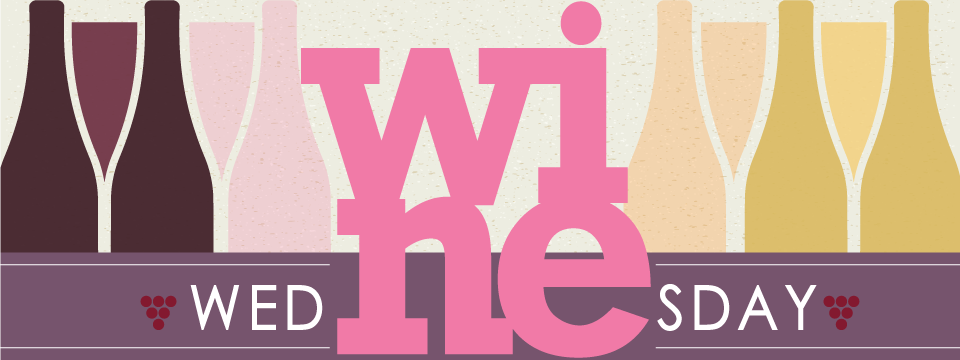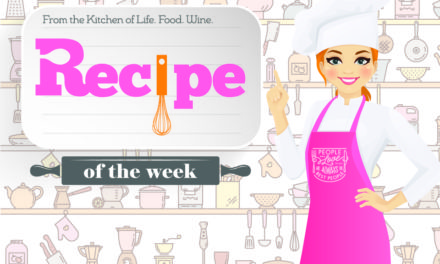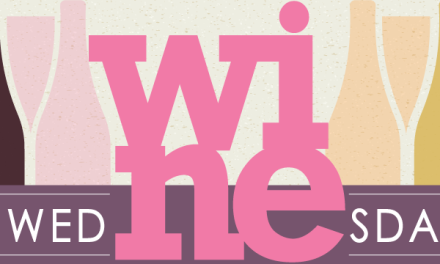Wine shopping should be a sophisticated experience—thoughtfully selecting bottles based on region, vintage, and tasting notes. But if we’re being honest, most of us have, at least once, made our choice based on a label that spoke to us on a personal level.
Maybe it was a bottle with an elegant gold-embossed crest that whispered, I am expensive, therefore I must be good.Perhaps a minimalist label with nothing but an artsy swirl convinced you it was high-end. Or, like me, you’ve impulsively grabbed a bottle simply because it featured a llama in sunglasses or had a name like 7 Deadly Zins.
But does this method actually work? Let’s break down the highly sophisticated (definitely not chaotic) science of label-based wine selection.
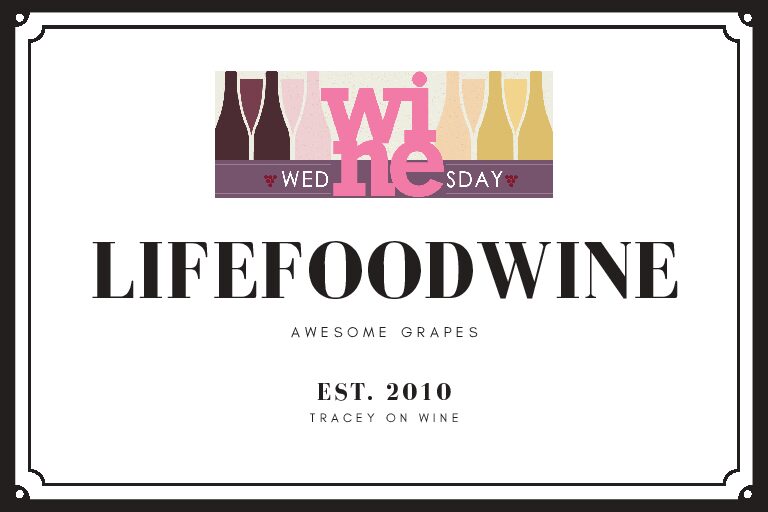
1. The “Fancy Script” Trap – Looks Expensive, Tastes… Questionable
Ah, the allure of cursive lettering, gold foil, and a vineyard name that sounds like it belongs on a royal estate. You pick it up thinking, This is the kind of wine someone swirls in a crystal glass while discussing real estate investments. Then you take a sip and realize you’ve just paid $30 for something that tastes like expired fruit juice.
I once fell for this trap with a bottle that had Reserve in its name (ooh, fancy!). Turns out Reserve can mean anything. This particular bottle tasted like it had been reserved for someone I didn’t like.
Lesson learned: Pretty handwriting does not equal good wine.
2. The “Quirky Animal” Phenomenon – If a Koala’s on the Label, I Trust It
If there’s a llama, a penguin, or a fox in a top hat, I’m in. This method has given me some of my greatest (and most baffling) wine experiences. There’s something comforting about an animal mascot—it feels like the winemaker is saying, Look, we’re fun! We make approachable wine!
That said, sometimes this leads to very interesting discoveries. I once bought a bottle because it had an octopus on it (mysterious!). It turned out to be a wine so aggressively earthy, I briefly wondered if octopuses drink seawater and wet soil.
Win or fail, animal labels keep wine shopping exciting.
3. The “Minimalist & Mysterious” Gamble – Art or Pretentiousness?
You know the type—no words, just a single brushstroke. Maybe a geometric shape. The label screams I am modern, I am sleek, I belong in an upscale tasting room. Sometimes, it delivers. Other times, it tastes like someone fermented their abstract art project.
I once picked a bottle that had nothing on it but a single, tiny dot. No grape varietal, no region, just… dot. It cost more than I care to admit, and to this day, I don’t know if it was brilliant or if I just fell for a marketing scam.
Minimalist labels: a game of high risk, high reward.
4. The “Bold Name” Power Move – When the Wine Chooses You
Sometimes, a wine’s name is simply too good to pass up. The Prisoner, 7 Deadly Zins, Chronic Cellars—these wines don’t just sit quietly on a shelf. They call out to you, promising a story, a conversation starter, or at the very least, a memorable sip.
I once brought a bottle called Bitch Grenache to a dinner party, and let me tell you, people remembered it. The wine itself? Decent. But the label? Iconic.
Moral of the story: If the name makes you laugh, it’s worth a shot.
Final Verdict: Does This Method Work?
Surprisingly… yes. Not always, but often enough that I stand by my unscientific approach. Have I found hidden gems purely by trusting a llama label? Absolutely. Have I also ended up with a bottle that tasted like liquid disappointment? More than once.
One of my favorite labels is of the outstanding icon that is celebrated jazz musician, Thelonious Monk, and truly up there as one of my favorite Cabs!
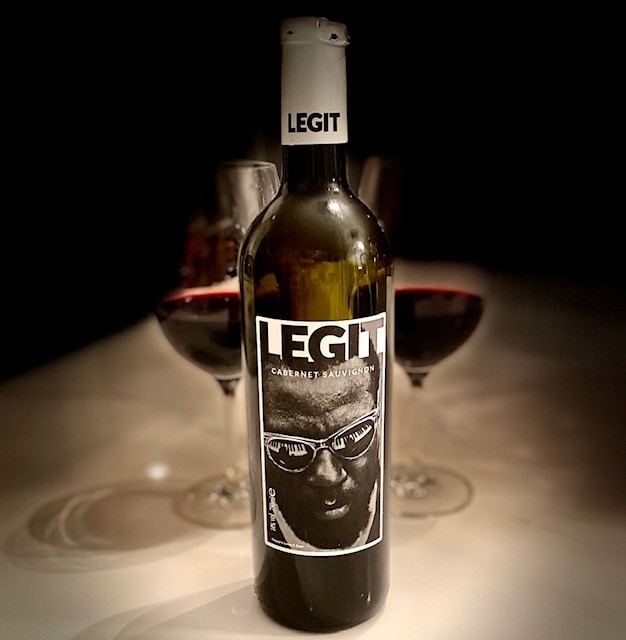
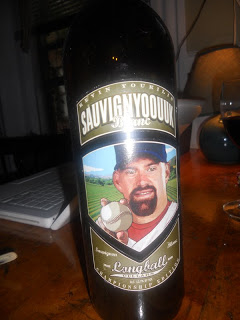
There is also the hysterical label of Red Sox hall of famer, Kevin Youkilis, famously known for his nickname “Youk” when he was walking onto the field – it almost sounded like booing. His wine was called “Sauvingyoouuk!”. We honestly did buy this one as a joke for a friend and it is dreadful!
Would a sommelier approve? Probably not. But does it make wine shopping way more fun? Absolutely.


